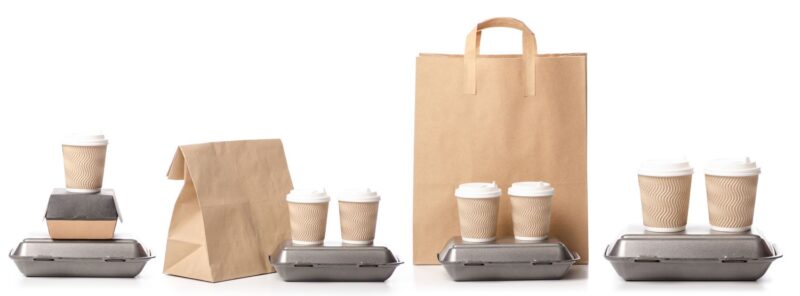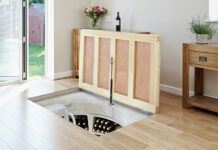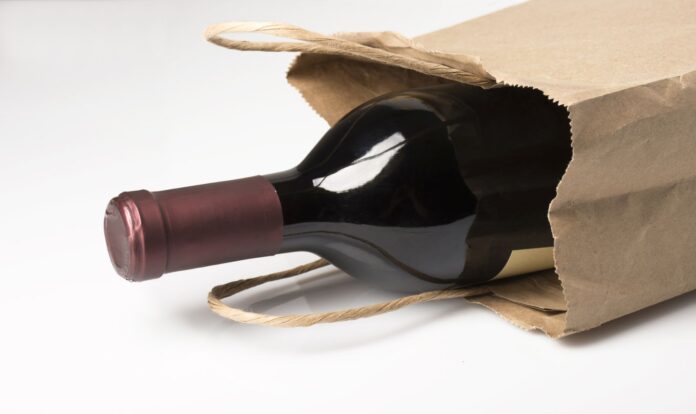
From picnics to dinner parties, nothing elevates the mood like a good bottle of wine. Pairing your charcuterie board with a good cabernet or uncorking spicy zinfandel to go along with your choice of ribeye takes the entire eating experience up a notch. But if the bottle you’re pouring isn’t transported properly, you might not be getting the full experience.
Most people swing by the store and grab a bottle of wine on the way to wherever they’re going. Oenophiles with their own cellared bottles may stick one or two in a canvas bag to transport. The problem is, the car ride can change your wine. Imagine opening a bottle of merlot that’s been baking in the sun for an hour or trying to stomach a chardonnay that’s been rolling around on the floor!
Your wine—and the eating experience that comes with it—depends heavily on how well you transport the bottle. For best results, there’s nothing quite as handy as a beverage delivery bag.
Here’s why:
Temperature fluctuations impact taste
It takes about two weeks for an uncorked wine to spoil; it can take as little as two hours for temperature fluctuations to dramatically alter the taste. Wine is best kept at temperatures in the mid-50s, and spoilage can start to take hold at temperatures above 70 degrees. Above 80 degrees, all it takes is a couple of hours for your beautiful bottle of wine to turn into an undrinkable wreck.
Consider driving to a picnic on a hot summer day. The temperature outside may be a balmy 75, but your car is a hot box—even with the windows down. An unprotected bottle will begin to condensate and sweat in mere minutes. After an hour, the heat will begin to alter and destroy the tannins, developing the wine rapidly. The higher the heat and the longer the bottle is exposed, the more dramatic the changes to acidity and the more muted delicate flavors become. It doesn’t matter if it’s a fruity pinot noir or an earthy syrah, your bottle is done for.
Beverage bags, like Incredible Bags, offer insulation for this very purpose. Not only do they block excessive heat, but the insulation of a good bag will also keep your wine close to its ideal temperature—whether you pulled it out of your cellar or off the shelf at the store. No sweat condensation. No acidity changes. No tannin degradation. Just pure, preserved flavor.
Shield bottles from sunlight
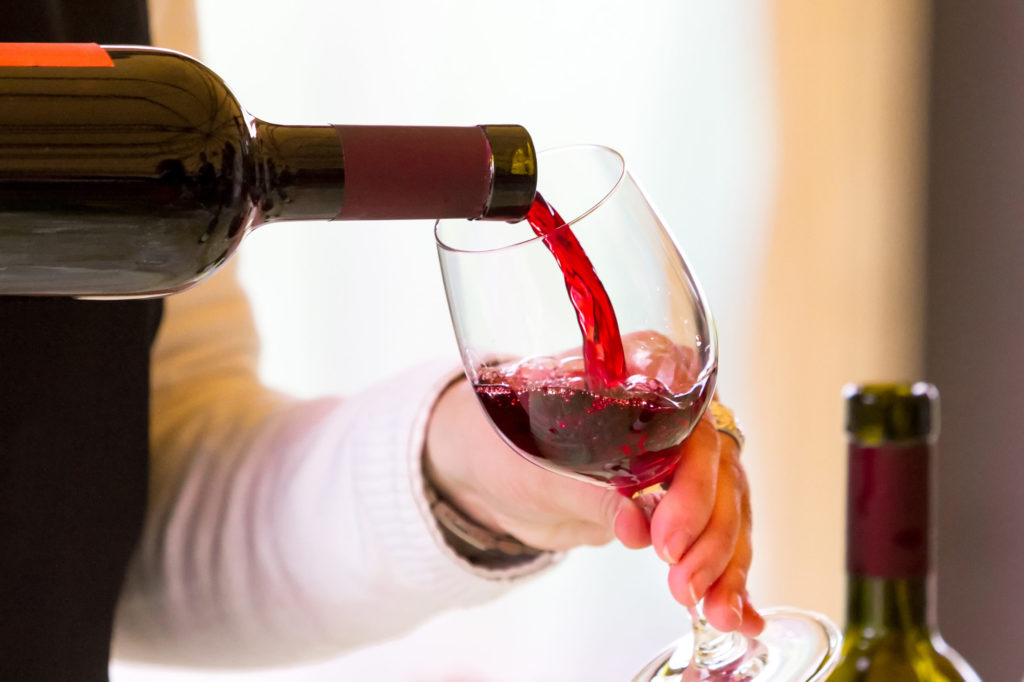
Ever wonder why most reds and even some whites come in opaque or amber bottles? This is to keep sun exposure to a minimum. But UV rays are tenacious and can penetrate even amber bottles to affect wine, which is why you should always use a beverage delivery bag that’s insulated.
An unprotected bottle of wine exposed to intense sunlight suffers many of the same consequences as those exposed to heat or temperature fluctuations. That’s because UV light and heat go hand-in-hand. Ever get a sunburn on a cloudy day? It’s the same principle for an amber bottle. UV light will quickly break down your wine until you’re left with a very expensive bottle of vinegar—or at least something that tastes like it.
The best bag for transporting wine is one that’s insulated to safeguard against heat, and that features an opaque exterior. Darker material absorbs heat, but the tradeoff is that it doesn’t allow UV light to pass through as easily. Black bags with insulated interiors give you the best of both worlds: protection from UV light and temperature increases.
How you carry it matters
Any experienced wine connoisseur knows that you need to agitate wine to fully unlock its aroma and flavor. Swirling your glass gently is the best way to do it. Shaking a bottle around has the opposite effect and will destroy the integrity of delicate wines. You wouldn’t shake up a soda can then try to drink it… why should it be any different for a bottle of wine?
It’s not a good idea to transport loose bottles of wine. Who knows how they might get jostled or up-ended during transport? The correct way to carry a bottle is upright, preventing excess sloshing. To prevent it from tipping or sliding around, it’s a good idea to use a beverage bag with compartments that will brace the bottle.
Of course, it’s also up to the carrier to prevent the bag from tipping over or swinging while walking. For added stability, carry your wine with a strap or handle.
Multiple bottles require separation
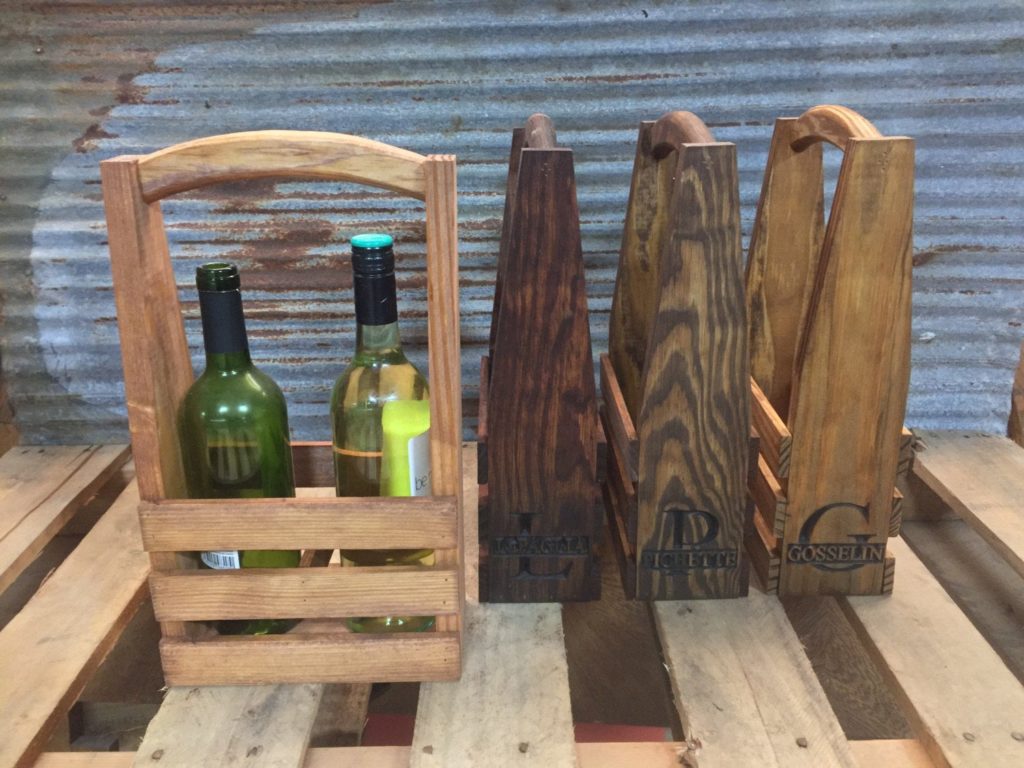
Planning on bringing a selection of wines with you to your next dining engagement or celebration? The worst thing you can do is plop them all loose in a bag and listen to them clink together. You’re liable to break a bottle! Don’t risk your favorite sauvignon blanc or that pinot gris you’ve been dying to try!
Transporting separate bottles requires a buffer. Use a beverage bag with distinct, separated housing for each bottle, with padding between them so they don’t bump around. Not only does this reduce the trauma to your bottles to preserve taste, but it also prevents stress on the bottle (particularly the neck) that might cause it to break.
Don’t risk a beautiful bottle of wine!
Nothing brings a sharp cheddar to life on your tongue like a dry, complex cabernet sauvignon. Few things will amplify your fresh-cooked alfredo like a glass of tantalizing chardonnay. Conversely, nothing will ruin the meal like a bottle that’s been abused and mishandled all the way to the table.
If you’re planning on uncorking a beautiful, delicious bottle of wine with friends, family or a loved one, make sure you’re transporting it properly. How you get your wine from the store to your glass plays a big role in how it’ll taste. Thankfully, the simplest way to ensure sublime taste and magical dining experience is to use a beverage bag. Your wine and your taste buds will thank you for it.

